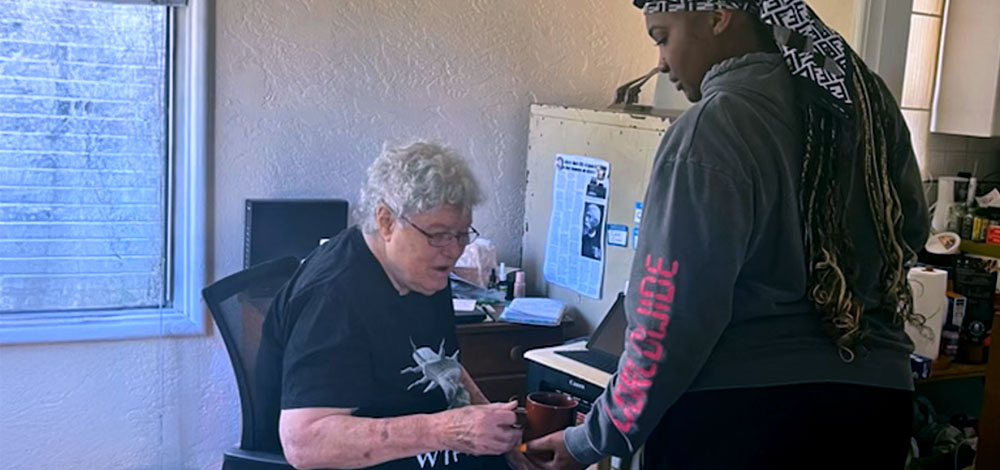Key takeaways
- Determine eligibility for services. The health plan relies on staff in the facilities to identify people who have expressed interest in leaving the nursing home. Lists of people are delivered weekly or biweekly to the health plan.
- Consider capacity-building funding as a bridge to case-based payment. The health plan gave the community-based organization a lump sum in advance to help it create the services. Later, the health plan backfilled with Incentive Payment Program dollars, and the community-based organization received PATH-CITED funds.
CalAIM (California Advancing and Innovating Medi-Cal) enables managed care plans to offer 14 Community Supports — services not traditionally covered by Medi-Cal that address health-related social needs. Some of these services, like housing navigation and medically tailored meals, have been readily adopted by participating health plans since the launch of Community Supports in 2022, while others have gotten off to a slower start. This fact sheet profiles two of the services with relatively low adoption: nursing facility transition/diversion to assisted living facilities, and community transition services / nursing facility transition to a home
Nursing facility transition/diversion services help people to move from a nursing home to community-based assisted living settings or to avoid a nursing home altogether and move from home to an assisted living setting. These supportive services include managing the transition itself, as well as ongoing assistance with daily living activities provided by a caregiver in an assisted living setting. By contrast, community transition services provide support for people to move from a nursing facility to a home and cover the onetime expenses necessary to set up a household, up to a total lifetime maximum of $7,500.
In the fact sheet, learn about two organizations partnering to offer these Community Supports in San Mateo County. Health Plan of San Mateo (HPSM) is a community-based health plan serving 155,000 people in the county. Institute on Aging (IoA) serves the needs of older adults and adults with disabilities throughout California. It develops innovative programs intended to help clients live at home as long as possible.
Key takeaways for others implementing these Community Supports:
Determine eligibility for services. HPSM relies on the staff in the facilities to identify people who have expressed interest in leaving the nursing home. Nursing home employees determine who might be available for a specific service. Lists of people are delivered weekly or biweekly.
Consider using capacity-building funding as a bridge to case-based payment. Under CalAIM, HPSM pays a per-engaged member per-month fee. But most community-based organizations (CBOs) have been paid by a grant that pays the full cost of the staff member. The CalAIM payment model pushes risk for filling the caseload to the CBO.
That’s why HPSM also gave IoA a lump sum in advance to help create the services, to help IoA bridge the gap. Later, it backfilled with Incentive Payment Program dollars to continue to build capacity. IoA also received funds through the PATH-CITED program for this purpose.
This fact sheet is drawn from a webinar that is part of a Center for Health Care Strategies series created to help inform uptake of Community Supports by spotlighting early adopters of services that have not been widely adopted. The webinars highlight provider-plan relationships to amplify promising practices for increasing Community Supports uptake across all 14 services.
Authors & Contributors

J. Duncan Moore Jr.
J. Duncan Moore Jr. is a freelance writer based in Kansas City, Missouri, who has been writing about health care for more than 25 years. He is a founder of the Association of Health Care Journalists.




